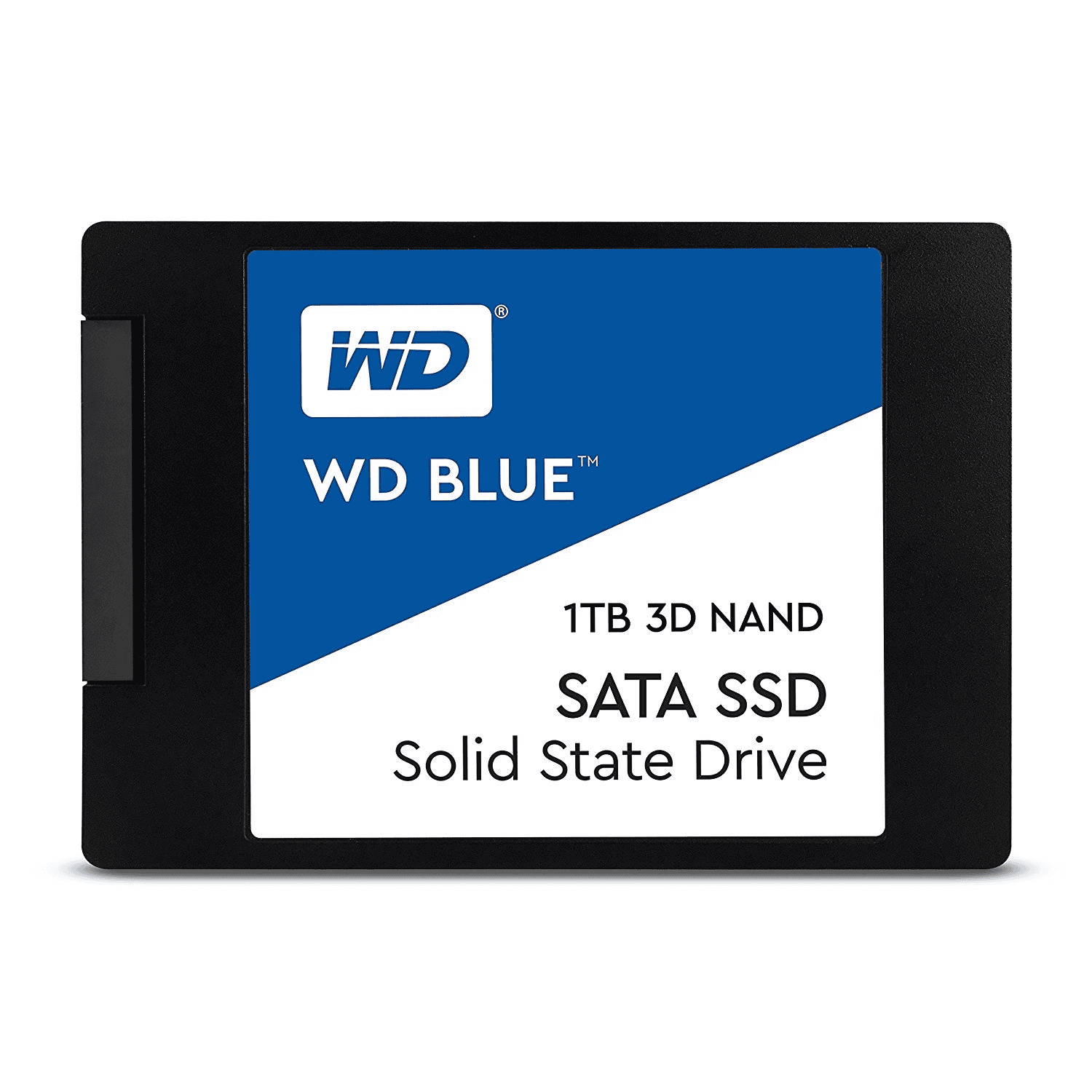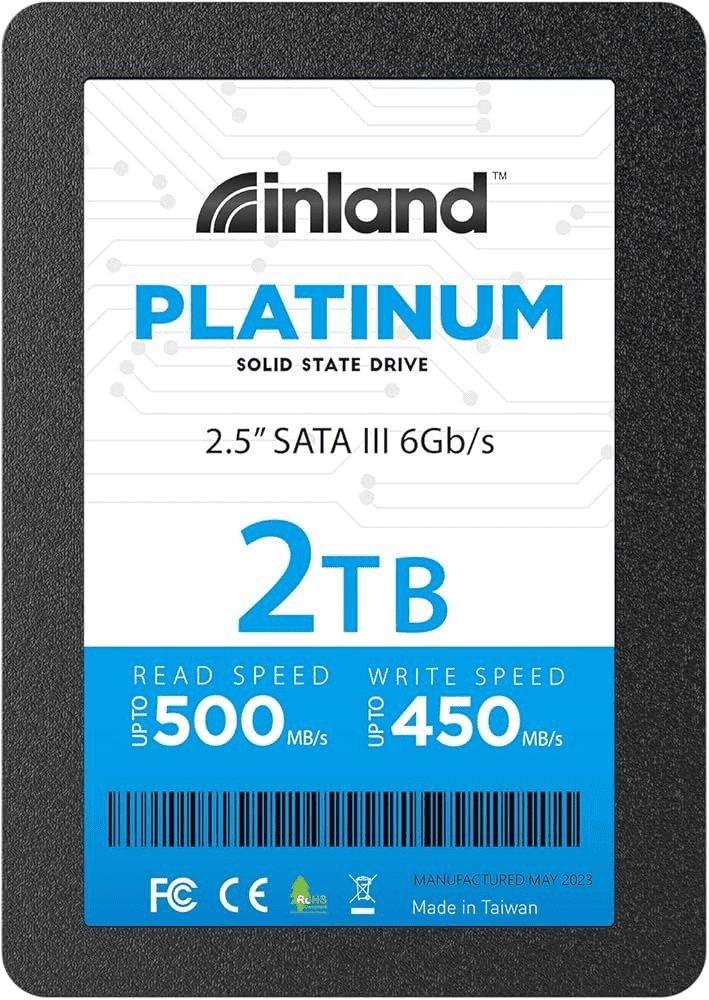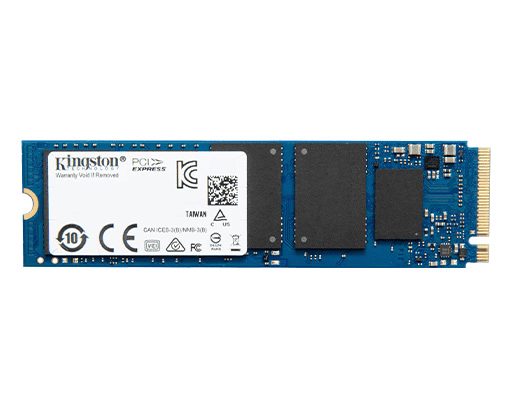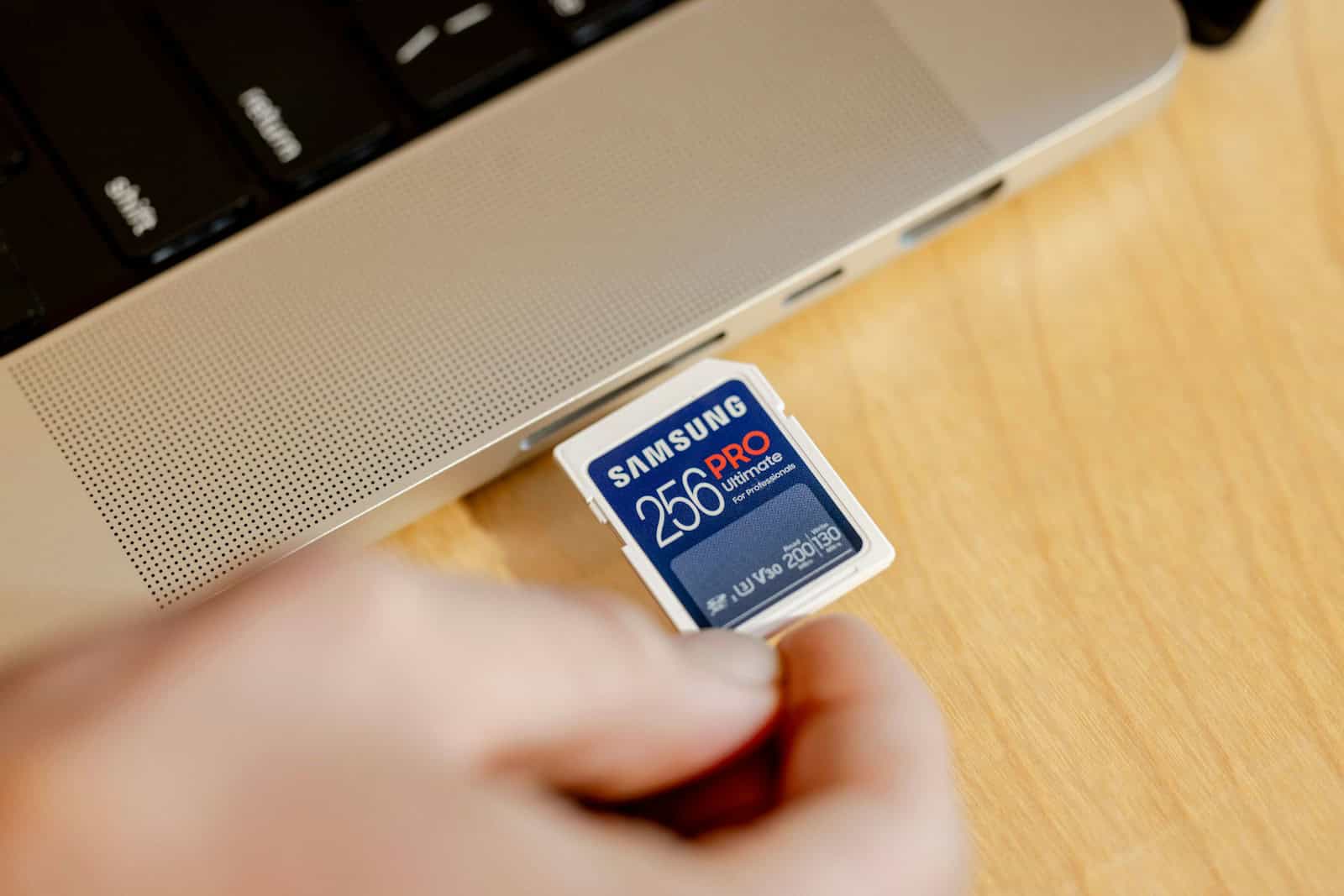Solid-state drives (SSDs) have revolutionized computer storage. They offer faster speeds and better reliability than traditional hard disk drives. But not all SSDs are created equal. The type of NAND flash memory used impacts performance and longevity.
MLC, TLC, and QLC refer to different NAND flash technologies used in SSDs. MLC (Multi-Level Cell) stores 2 bits per cell, TLC (Triple-Level Cell) stores 3 bits, and QLC (Quad-Level Cell) stores 4 bits. Each step up increases storage density and lowers cost, but decreases speed and endurance.
Choosing between MLC, TLC, and QLC depends on your needs and budget. MLC offers the best performance and endurance but costs more. TLC provides a good balance of price and performance for most users. QLC gives you the most storage for your dollar but with lower speeds and lifespan. Consider how you’ll use your SSD when deciding.
| Type | Bits per Cell | Speed | Endurance | Cost |
|---|---|---|---|---|
| MLC | 2 | High | High | High |
| TLC | 3 | Medium | Medium | Medium |
| QLC | 4 | Low | Low | Low |
MLC vs. TLC vs. QLC: Deciphering SSD Storage Technologies
When shopping for an SSD (Solid State Drive), you’ll likely encounter terms like MLC, TLC, and QLC. These acronyms refer to different types of flash memory technology used in SSDs, each with its own trade-offs in performance, endurance, and cost. Understanding these differences can help you make an informed decision.

What are MLC, TLC, and QLC?
These terms describe how many bits of data each memory cell in the SSD can store:
- MLC (Multi-Level Cell): Stores 2 bits per cell. Offers a good balance of performance, endurance, and cost.
- TLC (Triple-Level Cell): Stores 3 bits per cell. Higher storage capacity at a lower cost, but with slightly reduced performance and endurance compared to MLC.
- QLC (Quad-Level Cell): Stores 4 bits per cell. Highest storage capacity at the lowest cost, but with lower performance and endurance compared to MLC and TLC.
Key Differences
| Feature | MLC | TLC | QLC |
|---|---|---|---|
| Bits per cell | 2 | 3 | 4 |
| Performance | High | Moderate | Lower |
| Endurance (Program/Erase Cycles) | High (3,000 – 10,000) | Moderate (1,000 – 3,000) | Lower (100 – 1,000) |
| Cost per gigabyte | Higher | Moderate | Lower |
| Typical use cases | Demanding workloads, servers, workstations | Everyday computing, gaming | Budget-friendly storage, large files |
Performance
MLC drives generally offer the best performance, with faster read and write speeds. TLC drives are a bit slower, and QLC drives have the lowest performance. However, advancements in SSD technology have minimized these differences, and many TLC and QLC drives offer excellent performance for everyday tasks.

Endurance
Endurance refers to how many times data can be written and erased on an SSD before it starts to wear out. MLC drives have the highest endurance, followed by TLC, and then QLC. For typical consumer use, the endurance of all three types is generally sufficient.
Cost
QLC drives offer the most storage capacity for your money, followed by TLC, and then MLC. If budget is a primary concern, QLC drives can be a good option, especially for storing large files that don’t require frequent writing.
Which Type is Right for You?
- MLC: Ideal for demanding workloads, servers, and workstations where performance and endurance are critical.
- TLC: A good balance of performance, endurance, and cost for everyday computing and gaming.
- QLC: Suitable for budget-conscious users who need large storage capacity for less frequently accessed data.

Beyond MLC, TLC, and QLC
- SLC (Single-Level Cell): Stores 1 bit per cell. Offers the highest performance and endurance but is significantly more expensive and less common in consumer SSDs.
- PLC (Penta-Level Cell): Stores 5 bits per cell. Still in development, but it promises even higher storage capacity at potentially lower cost.
By understanding the differences between MLC, TLC, and QLC, you can choose the SSD that best suits your needs and budget.
Fundamentals of NAND Flash Memory
NAND flash memory forms the backbone of modern solid-state storage devices. It stores data using electrical charges in memory cells, enabling fast read and write operations.
Types of NAND Flash
NAND flash comes in several types, each with unique characteristics:
Single-level cell (SLC) NAND stores one bit per cell. It offers the highest speed and endurance but at a higher cost.
Multi-level cell (MLC) stores two bits per cell. It balances performance and cost effectively.
Triple-level cell (TLC) holds three bits per cell. It provides higher capacity at a lower price point.
Quad-level cell (QLC) stores four bits per cell. It offers the highest density and lowest cost but with reduced endurance.
2D NAND arranges cells in a single layer. 3D NAND stacks cells vertically to increase density.
| NAND Type | Bits per Cell | Endurance | Cost |
|---|---|---|---|
| SLC | 1 | Highest | High |
| MLC | 2 | High | Medium |
| TLC | 3 | Medium | Low |
| QLC | 4 | Low | Lowest |
How NAND Flash Stores Data
NAND flash stores data by trapping electrons in floating gates within memory cells. To write data, a voltage is applied to the cell, pushing electrons into the floating gate.
Reading data involves sensing the charge level in the cell. For SLC, this is a simple on/off state. MLC, TLC, and QLC use multiple voltage levels to represent different bit combinations.
Erasing data requires removing all electrons from the floating gate. This process occurs in larger blocks, which impacts write performance and endurance.
The number of bits per cell affects how precisely the charge levels must be controlled and read. More bits per cell increase capacity but reduce speed and lifespan.
Comparing MLC, TLC, and QLC
MLC, TLC, and QLC NAND technologies differ in performance, endurance, capacity, and cost. These factors impact their suitability for various storage needs.
Performance and Endurance
MLC (Multi-Level Cell) NAND offers the best performance and endurance among the three. It stores two bits per cell, allowing for faster read and write speeds. MLC SSDs typically have higher write endurance, measured in Program/Erase (P/E) cycles.
TLC (Triple-Level Cell) NAND stores three bits per cell. It provides a balance between performance and cost. TLC SSDs have moderate write speeds and endurance compared to MLC.
QLC (Quad-Level Cell) NAND stores four bits per cell. It offers the lowest performance and endurance. QLC SSDs have slower write speeds and fewer P/E cycles.
| NAND Type | Bits per Cell | Performance | Endurance |
|---|---|---|---|
| MLC | 2 | High | High |
| TLC | 3 | Medium | Medium |
| QLC | 4 | Low | Low |
Storage Capacity and Cost Efficiency
QLC NAND provides the highest storage density, allowing for larger capacity SSDs at lower costs. This makes QLC drives ideal for storing large amounts of data where performance is less critical.
TLC NAND offers a good balance between capacity and cost. It’s widely used in consumer SSDs due to its affordable price point and decent performance.
MLC NAND has the lowest storage density and highest cost per gigabyte. However, its superior performance and endurance make it suitable for write-intensive workloads and enterprise applications.
When choosing between MLC, TLC, and QLC, consider your specific needs. For everyday use, TLC SSDs offer a good mix of performance and value. For large capacity storage, QLC is cost-effective. For high-performance tasks, MLC remains the top choice despite its higher price.
Applications and Use Cases
Different SSD types suit various storage needs. Selecting the right SSD depends on your specific requirements and workload patterns.
Consumer-Grade vs Enterprise SSDs
Consumer-grade SSDs typically use TLC or QLC NAND flash. These offer good performance and capacity at lower costs. They work well for personal computers and light workloads.
Enterprise SSDs often use MLC or SLC NAND. These provide higher endurance and reliability for demanding environments. Servers, NAS, and SAN systems benefit from enterprise SSDs.
The choice between consumer and enterprise depends on your needs:
- Budget constraints
- Performance requirements
- Expected lifespan
- Workload intensity
Optimizing for Workloads and Data Type
Matching SSD type to workload improves efficiency. Consider these factors:
- Read vs write intensity
- Data access patterns
- Capacity needs
| SSD Type | Best For |
|---|---|
| MLC | Mixed read/write workloads |
| TLC | Read-heavy tasks, streaming media |
| QLC | Large capacity, infrequent writes |
TLC SSDs excel at read-intensive workloads like streaming media and data analytics. Their higher density allows for larger capacities.
QLC drives suit cold storage or read-mostly scenarios. They offer massive capacity but have lower endurance. NoSQL databases with infrequent updates can benefit from QLC SSDs.
MLC provides a balance of performance and endurance. This makes it versatile for mixed workloads in enterprise environments.
Technological Advancements and Future Outlook
NAND flash technology continues to evolve rapidly. New developments aim to increase storage density and improve performance while lowering costs.
Evolutions in NAND Flash Technology
QLC NAND flash has emerged as a cost-effective option for high-capacity storage. It stores four bits per cell, offering greater density than TLC.
Penta-level cell (PLC) technology is on the horizon. PLC will store five bits per cell, further increasing storage density. This advancement may lead to even more affordable SSDs.
Manufacturers are also improving NAND flash communication speeds. New TLC NAND supports IO speeds of 1.6 to 2.0 Gb/s between flash dies and SSD controllers. These faster speeds enhance overall SSD performance.
| NAND Type | Bits per Cell | Relative Cost | Performance |
|---|---|---|---|
| SLC | 1 | Highest | Best |
| MLC | 2 | High | Very Good |
| TLC | 3 | Medium | Good |
| QLC | 4 | Low | Fair |
| PLC | 5 | Lowest | Lowest |
Impact of Emerging Technologies
5G networks will increase demand for high-capacity, low-latency storage. QLC and PLC NAND may play crucial roles in meeting this demand.
AI and machine learning applications require fast, high-capacity storage. Advanced NAND technologies will help support these data-intensive workloads.
New storage architectures like Pure Storage’s FlashArray//C combine QLC NAND with intelligent software. This approach aims to deliver high performance and capacity at lower costs.
As NAND technology progresses, you can expect larger SSDs with improved speed and reliability. These advancements will benefit both consumer and enterprise storage solutions.
Frequently Asked Questions
MLC, TLC, and QLC NAND technologies offer different performance, lifespan, and cost characteristics. Understanding these differences helps in selecting the right SSD for specific needs.
How do MLC, TLC, and QLC NAND types differ in terms of lifespan?
MLC NAND typically has the longest lifespan among the three. It can endure more write cycles before wearing out. TLC offers a moderate lifespan, while QLC has the shortest. MLC SSDs can withstand about 3,000 to 10,000 write cycles, TLC around 1,000 to 3,000, and QLC about 100 to 1,000.
These differences stem from the number of bits stored per cell. More bits per cell increase capacity but reduce endurance.
Which type of NAND flash is better for sustained performance: MLC, TLC, or QLC?
MLC NAND generally offers the best sustained performance. It can write data faster and maintain high speeds for longer periods. TLC provides good performance but may slow down during extended write operations. QLC typically has the lowest sustained performance among the three.
MLC SSDs are the fastest, followed by TLC and then QLC. This performance difference is due to the varying cell structures and technologies used.
Can you explain the impact of 3D NAND technology on MLC, TLC, and QLC storage devices?
3D NAND technology has improved the capacity and performance of all NAND types. It stacks memory cells vertically, increasing density without sacrificing reliability. For MLC, TLC, and QLC, 3D NAND has enabled larger capacities and better endurance.
This technology has particularly benefited TLC and QLC, making them more viable for a wider range of applications. It has helped mitigate some of their inherent limitations.
What are the trade-offs between SLC, MLC, TLC, and QLC with respect to reliability and cost?
SLC offers the highest reliability but at the highest cost. MLC provides a good balance of reliability and cost. TLC trades some reliability for lower costs. QLC offers the lowest cost but with reduced reliability.
TLC has replaced MLC as the dominant SSD technology for most consumer applications. It offers a good compromise between performance, reliability, and affordability.
How does the write endurance compare between MLC, TLC, and QLC SSDs?
MLC SSDs have the highest write endurance among the three. They can handle more write operations before wearing out. TLC SSDs offer moderate write endurance, while QLC SSDs have the lowest.
The difference in write endurance is significant. MLC SSDs might last several times longer than QLC SSDs under heavy write loads.
What should be considered when choosing between MLC, TLC, and QLC SSDs for enterprise applications?
For enterprise applications, consider the following:
- Write intensity: High write workloads favor MLC or TLC.
- Cost constraints: QLC offers lower costs for large-scale deployments.
- Performance requirements: MLC provides better sustained performance.
- Capacity needs: QLC allows for higher capacities at lower prices.
Recent trends show a shift towards lower endurance drives. Many enterprise applications now use SSDs rated for 1 or fewer drive writes per day.
| NAND Type | Cost | Performance | Endurance | Capacity |
|---|---|---|---|---|
| MLC | High | Excellent | High | Moderate |
| TLC | Medium | Good | Moderate | High |
| QLC | Low | Fair | Low | Very High |







